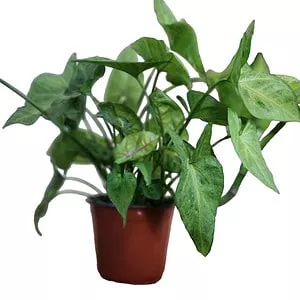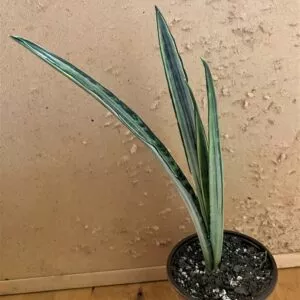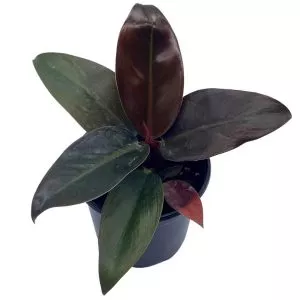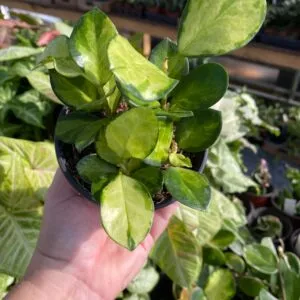No products in the cart.
Cover your tracks with the creeping thyme, as it is a beautiful miniature ground cover that handles stomping well. You can plant creeping thyme between pavers to stepping stones.
Alternatively, you can use it as a lawn substitute, as it is fuss-free yet rewarding with gorgeous foliage and dense blooms. Another huge benefit is the release of the spicy aromatic scent released by the flowering creeping thyme.
Still, how do you grow creeping thyme successfully from seeds? Please stay a while longer, as we are here to help.
Plant Name: Thymus praecox
Other Name: Coccineus Creeping Thyme
Plant Type: Perennial Herb
Native Areas: Europe
Light Requirements: Full Sun
Watering: Needs to Remain Moist
Fertilizer: Delayed Release Fertilizer
Growth: 6-inches Tall and 10–inches Wide
Propagation: Division, Stem Cuttings, and Seed
Soil Type: Well-Draining Soil Consistently Moist Like Sand or Rocky Soil
Temperature: Warm Temperature With Low Humidity
Toxicity: No Toxic Effects
USDA Hardiness Zones: 5 to 10
More About Creeping Thyme Plants
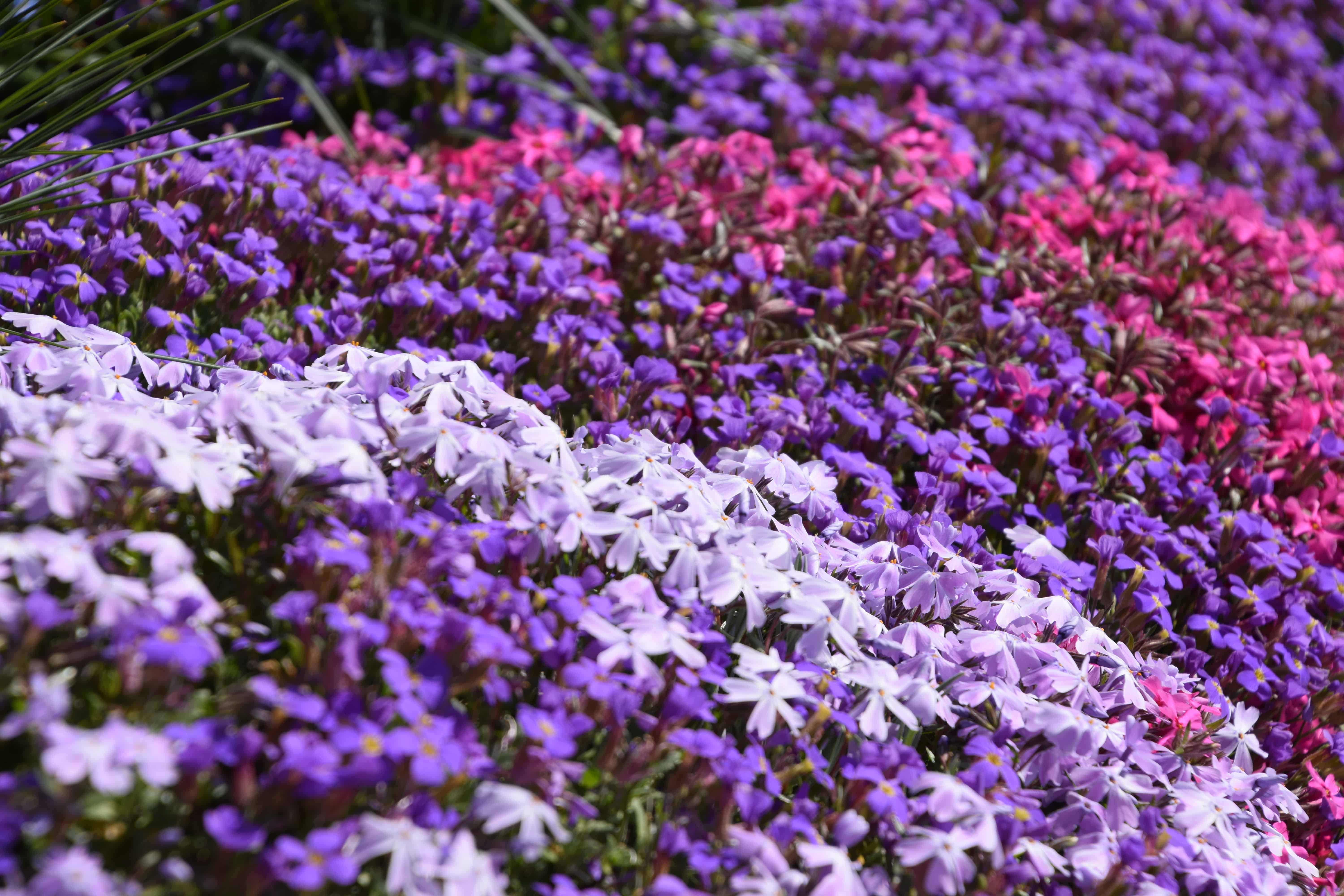
The Thymus genus has woody stems and is a perennial herb making for excellent ground cover in a sunny region. Still, not all species are grown to use as a herb, like the Thymus praecox Coccineus.
All the creeping thyme species belong to the mint family and have a pleasant aroma. Still, the Coccineus is an astounding plant, and in its spreading habitat, it grows horizontally. In summer, you see tubular purple or pink flowers.
The foliage is a glossy blue-green, and the blooms are filled with nectar attracting pollinators like butterflies to the garden. Yet, while the leaves are very aromatic, it is rarely used in food. The best part it is an evergreen in certain regions in winter.
It is also deer resistant in the garden, making for an exceptional border plant. Another notable thing is that you can grow creeping thyme seeds in a potted nursery during spring to transplant to the garden.
When To Plant Creeping Thyme Seeds
Growing creeping thyme, you can start indoors or plant them outside in a seed bed. For direct sowing, it is best to wait until the danger of frost passes. But you always have the choice of growing creeping thyme seeds indoors.
Hence, you can plant them about six to eight weeks before the last spring frost.
Planting Creeping Thyme Indoors
Before the last frost in spring, you can start growing your thyme indoors about six to eight weeks before the time. Here are some detailed steps.
Prepare some containers with organic potting soil, or you can use seed starter trays.
Next, sprinkle the thyme seeds on top of the soil to cover lightly at a depth of 1/16 inch.
Water and place some plastic wrap over it, or use grow lights.
Ensure that you keep the soil consistently moist using a spray bottle to control the amount of water.
Keep the containers in a warm area with a temperature of around 70°F. Provide the seed with bright indirect light to germinate.
The germination can take one to four weeks, depending on the temperature. Once the seeds germinate, developing an established root ball with a set of true leaves, you can proceed to the next step. The creeping thyme seedlings should be two to three inches tall before transplanting to a permanent spot in the garden.
-
$15.00Sold By: Stripes and Variegations
In stock
Espostoa Melanostele – Peruvian Old Lady Cactus 5″ Pot
Sold By: Stripes and Variegations -
$20.00Sold By: PotHedz Plants
In stock
Syngonium podophyllum ‘Bold Illusion’
Rated 4.96 out of 5 based on 106 customer ratings00Sold By: PotHedz Plants -
$15.00Sold By: Painted Petals and More
In stock
Sansevieria–Bantel Sensation
Only 1 available and it’s in 1 people’s basketRated 4.78 out of 5 based on 64 customer ratings05Sold By: Painted Petals and More -
$20.00Sold By: Beauties & Beasts
In stock
Succulent- Adromischus filicaulis ssp. filicaulis
Rated 4.83 out of 5 based on 24 customer ratings00Sold By: Beauties & Beasts
Growing Creeping Thyme: Transplanting Them Outdoors
Great, now that you know how to plant seeds growing your theme plant, it is time to transplant them to the garden. The creeping thyme ground cover is an excellent addition to the landscape or rock gardens. The thyme plant can handle moderate foot traffic as well.
Now, the next steps need to be followed:
First, acclimate your seedlings by moving them outside daily and keeping them indoors at night. Start by moving them outdoors for an hour and extend the hours every day.
Next, you must decide if you want to grow your plant as dense mats or ground covers, as they are excellent at suppressing weeds. But…
No matter where you plan to transplant, you need to remove weeds and other debris. Also, dig up the soil deep to remove weeds from the roots of other outdoor plants.
Now, you can place the dirt with the seedlings into a damp hole the same size as the pot or nursery cell.
Next, fill in the gaps and tamp down the surrounding soil firmly.
Water the area and move to your next planting spot.
While denser plantings can look great for a short-term solution, your thyme plant can become leggy when overcrowded. Preferably place your seedlings 18″ to 24″ apart for a vigorous spread to cover and fill gaps.
How To Grow Creeping Thyme From Seed Directly Sown
After the danger of frost passes, you can sow seeds directly into the ground.
Prepare your seed bed by loosening the soil and removing the weeds from other debris.
Spread the seeds over the soil and press them lightly into the ground.
Keep the soil moist but not waterlogged.
We recommend planting your creeping thyme in sandy to dry soil and avoiding clay soils. If you have clay soil, you can amend it with coarse sand to make it well-drained.
When seedlings grow, you can start thinning them out and leave a space of 12 inches apart or 24 inches for them to spread. Your creeping thyme will take up to a year to become established.
Caring for Thymus Praecox
When grown as a lawn replacement, it is important to remember that the Thymus species grow in Mediterranean regions in warm climates. Hence, you can also grow them against rock walls or retaining walls to ground cover. It prefers well-drained soil that is neutral or slightly alkaline.
The Best Soil Mix
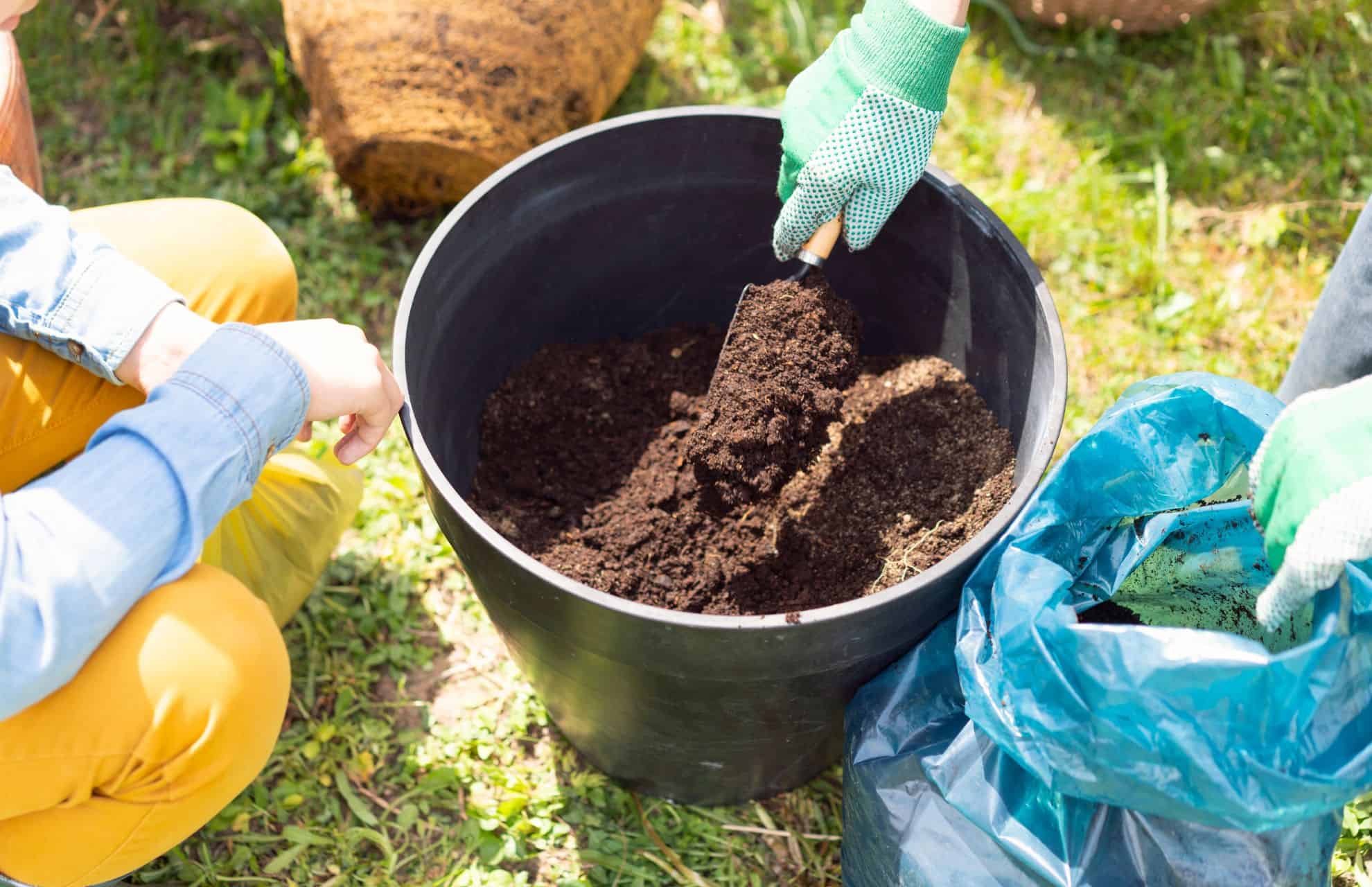
To grow the thyme plant with success, good drainage is important. Thyme plants do not enjoy wet feet; whether grown outside or in containers, ensure ample drainage is present. Your plants prefer a loose yet rocky or sandy soil or loam that drains well.
It does not do well in clay soil, so you must amend it.
Lighting Needs For Creeping Thyme
As your creeping thymes native to Southern Europe, it is a sun-loving plant needing full sun of at least six hours to thrive.
Watering Schedule For Creeping Thyme
One issue you may find with well-draining soil is that your thyme plants can dry out fast. The crucial thing is not to let your plants get parched when still young.
When you plant creeping thyme ground cover in non-sweltering temperatures, you only need to water every ten days. Still, potted thyme outdoors in warm temperatures needs watering daily.
So, check the soil moisture regularly to keep the root ball moist but not in standing water leading to root rot. To help retain moisture outside, it also helps to add some mulch around the base of your plants.
Fertilizing Creeping Thyme
You need not fertilize your plants when you grow to creep thyme in well-prepared soil. But if the soil pH level is not right, you can use a slow-release fertilizer once at the beginning of the growing season. The best time to do this is in early spring.
Temperature and Humidity
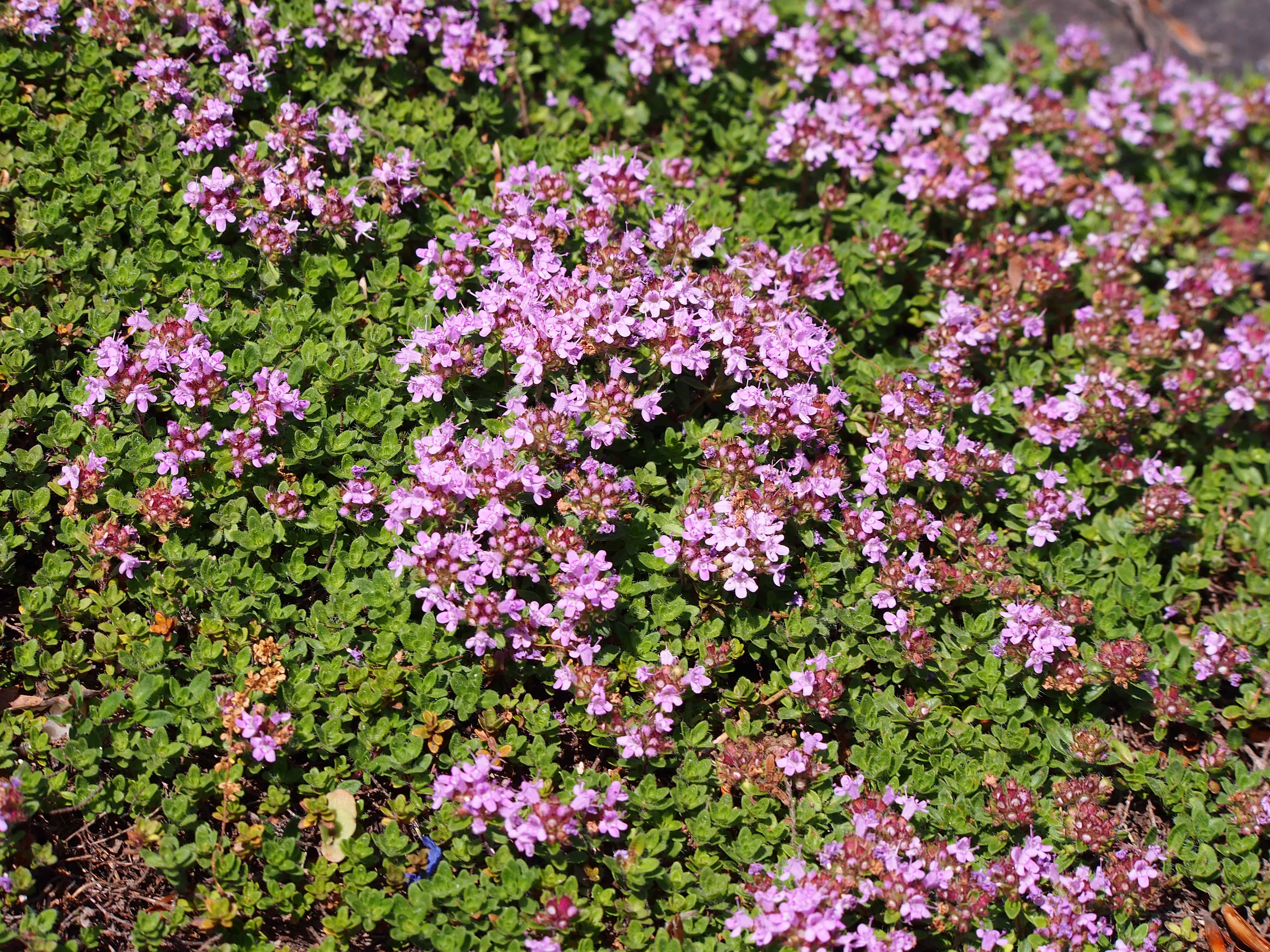
When creeping thyme plants, you can find different species to grow. Still, each one has a recommended growing zone. Yet, the rule is that these plants do not like humidity.
So, if your plant is losing those gorgeous round leaves and looking rough, remove the affected foliage to give it some air.
Add some mulch like gravel or sand around the base to prevent the foliage from contacting wet soil and retain moisture for the roots.
Pruning and Maintenance
Pruning can become a burdensome task when growing your creeping thyme. Still, regular pruning is needed to grow your thyme successfully. It helps to prune back the stems in early spring.
It also helps to prune after flowering, and your plant dies back at the end of summer. During late fall, you can prune the leggy to woody stems by half. Another notable thing when transplanting your thyme is to grow one species per pot.
Overwintering Thyme Plants
When you live in colder zones, your thyme is semi-evergreen, keeping its leaves but will die back a bit. It helps to add some mulch after the cold weather sets in to protect your plants. Still, do this on a dry day without freezing temperatures.
Propagation Methods
To propagate creeping thyme, you can use division or stem cuttings.
Division
Start by gathering a sterilized knife or a spade, and if planting into a container, ensure that it is clean with well-drained soil. Another notable thing is to water your plant well before your start.
Remove the root ball from your container or dig around in a circle around your plant in the ground about four inches from the base.
Use your sterilized knife or spade to cut through the middle of your plant. Still, keep the roots intact where you can. Preferably make multiple cuts from mature plants with healthy roots.
Tap off the soil from the roots and place the soil in your container to center your plant. Keep the soil line the same for pots and growing in the ground.
Backfill with soil around all the sides of the roots to keep the plant upright.
Water well and allow the excess water to drain for containers.
Now place your container in a sunny spot and care as usual.
Stem Cuttings
Choose a healthy mature plant with a non-flowering stem and new growth. Prepare a container with well-drained soil in a clean pot, and optional; you can use a rooting hormone.
Take your sterilized pruners and cut the stem anywhere about six inches long.
Next, remove the bottom leaves, leaving leaves at the top.
Apply some rooting hormone to the cut end and plant the cutting in the middle of the pot.
Fill it with a fresh potting mix and place it in a sunny spot. Keep watering your plant, allowing excess water to drain from the container.
When you notice new growth, you can transplant it into your garden.
Common Pests and Diseases
A considerable problem is spider mites in dry summer; you can treat them with insecticidal soap. For indoor plants, insects that can bother your creeping thyme are spider mites and aphids, as mentioned before. For disease, your creeping thyme is susceptible to root rot from wet to dense soil.
Therefore, removing your plant from the soil is best to transplant it into an amended soil.
Red Creeping Thyme Cultivars You Can Grow From Seeds
While the Coccineus is a slow to moderate grower with tubular pink flowers that allow light foot traffic, you can find other cultivars to grow from seeds.
Albiflorus

Thymus paocos ‘Albiflorus’ features snow-white flowers with bright green foliage spreading to form a dense mat. The plant has a mature height of two to three inches tall and can spread two feet wide.
Minus
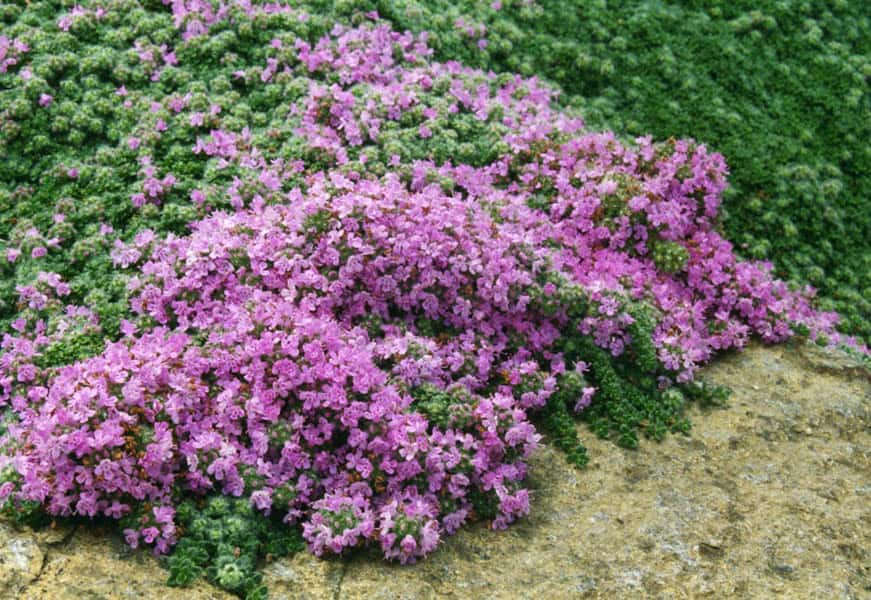
Thymus praecox Minus has tiny oval leaves forming small clusters of pink-lilac flowers. Still, the cultivar is not a blooming thyme that blooms prolifically as other cultivars. Yet, it forms a dense ground cover with a height of two inches and a spread of 16 inches.
Common Thyme

Thymus vulgaris is a dwarf woody evergreen variety ideal for dry rock gardens. When the plant starts to grow, it can reach a mature height of 12 inches to 16 inches wide. It is a low-growing thyme and is both frost and drought-tolerant.
Best Uses For Creeping Thyme
Planting creeping thyme from seed provides a dense yet creeping nature, forming living mulch to groundcover. Thymus praecox helps conserve soil moistness, prevents erosion, and suppresses weeds. It lures bees and butterflies while deterring deer and rabbits, making it resistant to these animals.
Furthermore, creeping thyme is a hardy plant as some species are frost and drought-tolerant. The plant looks fabulous between paving, in a walkway, stepping stones, and pavers, and it tolerates foot traffic well. It also releases an aroma when the leaves are crushed.
Lastly, you can grow thyme in a rock wall or use it as a dainty borderline. Still, the Coccineus is not a traditional herb used in food, but it is still edible to add flavor to a salad, sauce, or stew
Final Thought
So, now that you know how to sow creeping thyme from seed, why not add it to your landscaping today? All it needs is full sun in little soil completely covered to mature into a small aromatic silvery-green leaved plant to cover the ground.
The vibrant lavender-pink flowers will create a festive ground cover to creep into your heart.
Whether you want to buy, sell, or simply reach out to other plant enthusiasts, Plantly is the right place to be!
-
$16.00Sold By: BubbleBlooms
$25.00In stock
Blushing Philodendron | Red-leaf Philodendron | Philodendron erubescens
Only 998 available and it’s in 3 people’s basketRated 4.81 out of 5 based on 279 customer ratings02Sold By: BubbleBlooms -
$18.00Sold By: Smoot's Farm
In stock
Hoya Australis Lisa 4 Pot Live Starter Plant
Rated 4.89 out of 5 based on 27 customer ratings00Sold By: Smoot's Farm -
$19.95Sold By: SunSoul Plants
In stock
El Capitolio Red tropical hibiscus in 4″ pot
Rated 4.87 out of 5 based on 98 customer ratings00Sold By: SunSoul Plants -
Free Shipping$24.99Sold By: Gar-Zen Botanical Design
In stock (can be backordered)
Epiphyllum Oxpetalum Cereus Night Orchid Ships Free.
Only 35 available and it’s in 1 people’s basketRated 4.86 out of 5 based on 49 customer ratings00Sold By: Gar-Zen Botanical Design

